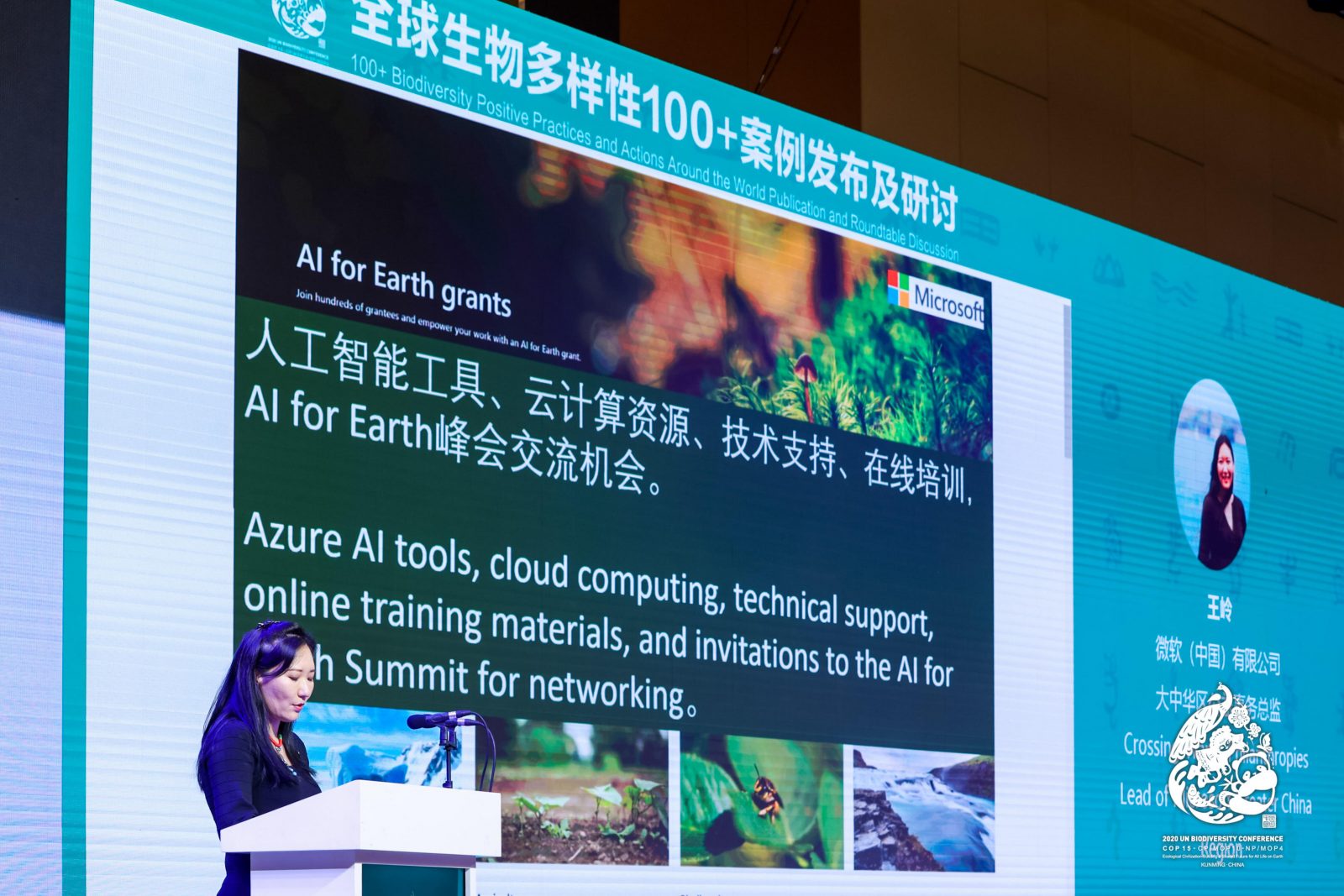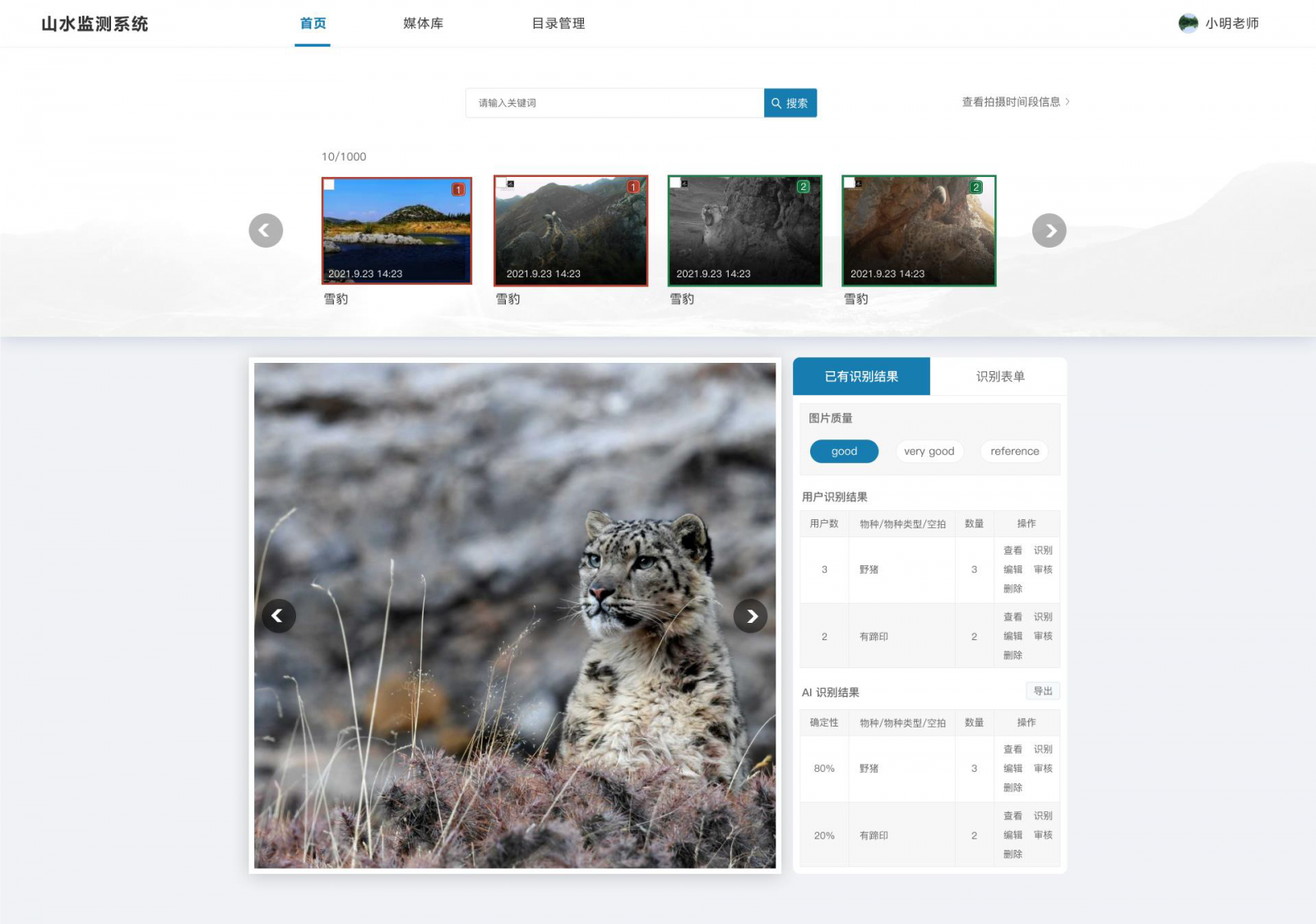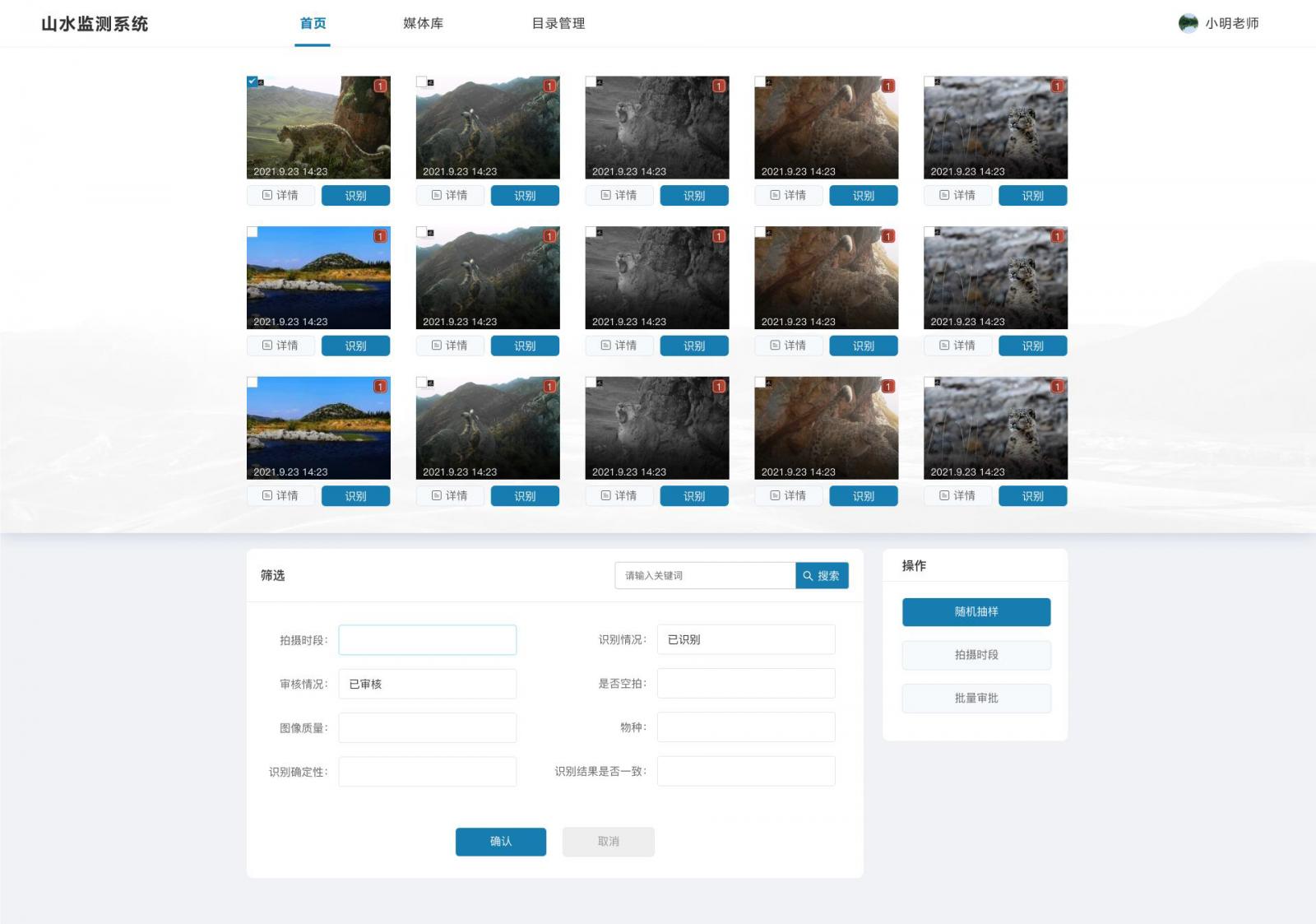The 15th Meeting of the Conference of the Parties of the United Nation’s Convention on Biological Diversity (CBD COP15) kicks off
Microsoft joins hands with the Shan Shui Conservation Center to leverage technology for biodiversity conservation
Beijing, 11 October 2021 — With the theme of “Ecological Civilization: Building a Shared Future for All Life on Earth”, the 15th Meeting of the Conference of the Parties of the United Nation’s Convention on Biological Diversity (CBD COP15) kicked off in Kunming today, marking the first time that it has been held in China. The five-day conference will focus on global environmental efforts, formulate the “Post-2020 Global Biodiversity Framework”, and set new goals for biodiversity conservation around the world. At the CBD COP15 NGO Forum, the “100+ Biodiversity Positive Practices and Actions Around the World”[1] were announced. Microsoft’s “AI for Earth” project in China, carried out in collaboration with the Shan Shui Conservation Center (SSCC), was selected as one of the 19 “100+ Outstanding Biodiversity Positive Practices and Actions Around the World”.
“100+ Positive Practices and Actions Around the World” certificate ceremony
Far right: LIU Ning, Chief Negotiator of the Chinese delegation for COP15 and Deputy Executive Director of the Executive Committee Office of the Ministry of Ecology and Environment
Second to right: Crossing Wang, Philanthropies Lead, Microsoft GCR, as she accepts the award on behalf of Microsoft China
Dr. HOU Yang, Corporate Vice President, Chairman and CEO of Microsoft Greater China, said, “Human beings around the world have a shared future. We must work together to safeguard the foundation on which humanity stands – biodiversity and sustainable global development. This is a long-term and challenging task, in which technology will play a defining role. As a global technology company, Microsoft is committed to leading by example by setting sustainable development goals and translating our commitment into action by actively cooperating with non-profit organizations, research institutions, and partners to promote the sustainable development of technology, resources, and platforms. In doing so, more people around the world can enjoy the benefits of innovative technologies and strive for a brighter future.”
Launched in 2017, Microsoft’s “AI for Earth” is a $50 million, 5-year program that provides access to Cloud and AI technologies to change the way people and organizations monitor, model, and manage Earth’s natural systems in the key focus areas of Agriculture, Biodiversity, Climate Change and Water. Through grants, opportunities for education and investments in innovative, scalable solutions, AI for Earth works to advance sustainability across the globe. To date, we have awarded over 850+ grants to projects with impact in over 110+ countries. Dedicated engineering and data science teams from Microsoft also provide a wealth of open-source tools, models, infrastructure, data, and API to advance sustainability and environmental science.
Crossing introduces Microsoft’s “AI for Earth” program
With a nearly three-decade history in China, Microsoft consistently provides technology, resource, and platform support to local non-profit organizations. With a shared vision of fusing technology and societal impact, Microsoft joined hands with the SSCC, China’s leading endangered species and ecosystem conservation organization, in 2019 to jointly build an “AI for Earth” project in China.
Founded in 2007, the SSCC focuses on ensuring a harmonious co-existence between humans and the natural world, protecting endangered species such as the snow leopard, giant panda, and snub-nosed monkey as well as their habitats. Nature observation is mainly based on public participation in the collection and application of biodiversity data. However, there are many challenges in the traditional method of biodiversity data collection and observation. Motion-triggered cameras have always been an important tool for the SSCC to collect wildlife information, but the massive amounts of image data generated means that more effective ways to share, manage, classify, analyze, and use the data are needed.
To overcome this challenge, Microsoft helped the SSCC build a Motion-triggered Camera Intelligent Management System based on the Azure Camera Trap API that optimized data collection and processing. The Camera Trap Image Processing API is capable of analyzing and identifying objects in pictures, including wildlife, and then classifying them accordingly. The system underwent rigorous testing to ensure that it fully meets requirements such as operational stability and data security. Boasting an image recognition accuracy of 90%, the efficiency of overall environmental data processing has been improved by 50%. This frees SSCC staff from having to navigate scattered image data and enables them to dedicate time and energy to other tasks. The system’s efficacy is set to be further improved following a second phase optimization.
The “Motion-triggered Camera Intelligent Management System” interface
After realizing more efficient and accurate data collection and sorting, the SSCC turned to Microsoft Power BI to support its citizen science, mine data insights, and realize automatic data visualization. As a result, the “Citizen Science Species Intelligence Platform” based on Power BI was assembled. Power BI analyzes and visualizes massive data sets, which further inspires the public to participate in nature observation and contribute biodiversity data, forming the crux of the dialogue between the public, experts, environmental policymakers, and decision-makers. Currently, this project is in its pilot phase as it aggregates data from 26 species across six citizen science projects, categorizing theinformation by location, time, and species.
LV Zhi, Professor of Peking University School of Life Sciences; executive director of Peking University Center for Nature and Society; co-founder of Shan Shui Conservation Center, said, “Identifying where and how many species exist, as well as any changes in population, is a challenge for scientists. While there is not enough information for scientists to publish a paper, informing the public on their existence may give these endangered species the time and space to fight for survival.” As for the importance of data, Zhi pointed out, “Only when we share information and embark on a strategy is data transformed into a tool of conservation.”
The Shan Shui Conservation Center’s “Citizen Science” species information page, created thanks to Microsoft Power BI
The Microsoft Azure also provides a reliable and trusted platform for the SSCC to work towards broader awareness of biodiversity conservation. The Biodiversity Impact Assessment Tool (BiA) based on Azure integrates multiple biodiversity databases to provide spatial information on wildlife in protected areas so as to better inform the site selection and environmental impact assessment of large construction projects. It provides the supervision department with biodiversity impact information, as well as offers professional tools for the public to play a role in the supervision of construction projects.
SHI Xiangying, Executive Director of Shan Shui Conservation Center, said, “We are happy to partner with Microsoft. Such cooperation itself is a manifestation of the participation of multiple parties in biodiversity conservation. Microsoft is connecting conservationists and technologists to unleash greater possibilities in biodiversity conservation across industries and domains.”
CHENG Chen, Director of Shan Shui’s Natural Watch Program, said, “Microsoft’s AI technology is helping SSCC conservators improve their data processing efficiency and allocate more time and energy to more creative endeavors. The Microsoft cloud also offers the highest standards of security and data privacy, which is very important to us. With the help of Microsoft, our data processing systems have been upgraded and the ability of the public to participate in biodiversity conservation has been realized through motion-triggered cameras, citizen science, and public oversight. I look forward to continuing on this important journey together.”
Convenience and harmony with nature are never an either-or relationship. Safeguarding biodiversity and ensuring sustainable development are fundamental to the well-being of mankind and society’s future. Microsoft will continue to build on its world-leading cloud computing, AI, big data, and other technologies and solutions, working with partners across all sectors to protect life on earth.
###
About Microsoft
Microsoft (NASDAQ: MSFT) enables digital transformation for the era of an intelligent cloud and an intelligent edge. Its mission is to empower every person and every organization on the planet to achieve more.
[1] The “100+ Biodiversity Positive Practices and Actions Around the World” was guided by the CBD Secretariat and the Office of the Executive Committee for the Preparation of COP15, as well as co-hosted by the China Environmental Protection Foundation and the Paradise International Foundation. The collection of practices received a total of 258 practices from 196 organizations around 26 countries of 7 continents. 107 were deemed noteworthy while 19 were selected as outstanding.








